Museums in Greece. Greece, a land of myths, legends, and unparalleled beauty, is a country that has shaped the course of human history for thousands of years. From the birthplace of democracy in Athens to the grandeur of the Minoan civilization on Crete, Greece’s cultural and historical significance is woven into the fabric of Western civilization. For travelers who want to dive deep into this rich heritage, the country’s museums offer a gateway to the past, filled with ancient artifacts, stunning artworks, and priceless relics that narrate the story of human achievement. Visiting Greece’s museums is like stepping back in time, where you can trace the development of art, politics, religion, and daily life over millennia.
In this article, we’ll explore the top 8 museums to visit in Greece, providing you with everything you need to know, including admission prices, must-see exhibits, and tips to make the most of your experience. By the end, you’ll understand why Greece’s museums are a vital part of any trip to this timeless country, as they offer not just education but a deeper connection to the world’s most storied civilization.
1. The Acropolis Museum, Athens

One of the most famous museums in Greece, the Acropolis Museum is a must-visit for anyone interested in ancient Greek history and art. Opened in 2009, this modern museum houses artifacts from the Acropolis, including sculptures, friezes, and everyday objects from ancient Athens. The museum is located at the foot of the Acropolis hill, offering stunning views of the Parthenon.
- Entry Fee: General admission is €10 during peak season (April to October) and €5 during the off-season (November to March). Reduced tickets are available for students and seniors.
- Highlights: The Parthenon Gallery, which features a glass floor showcasing ruins beneath the museum, and the frieze of the Parthenon itself.
- Visitor Numbers: The museum welcomes approximately 1.5 million visitors annually, making it one of the most popular in Greece.
2. National Archaeological Museum, Athens
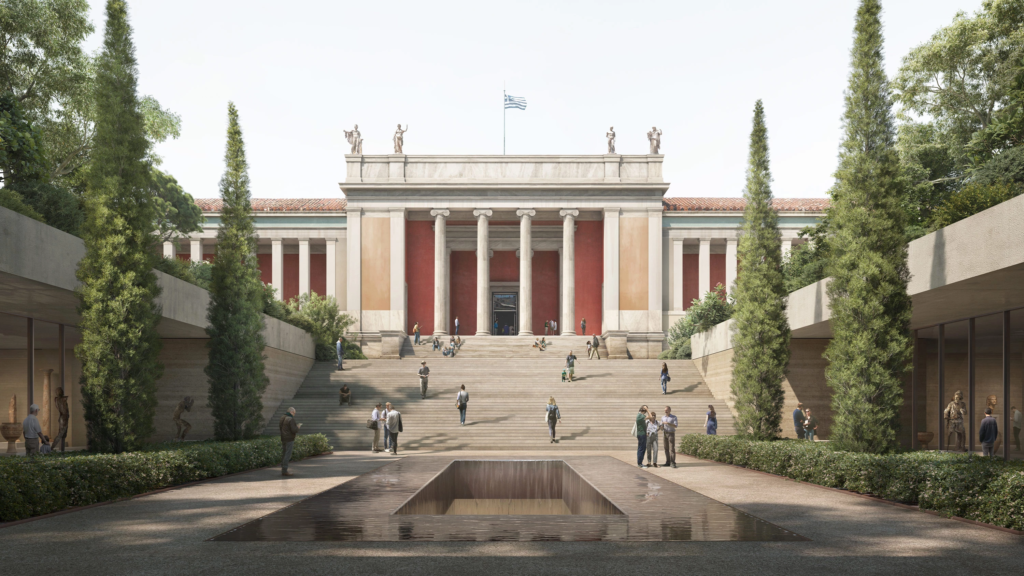
The National Archaeological Museum is the largest and one of the most important museums in Greece. It houses over 11,000 exhibits, covering Greek history from prehistory to late antiquity. Its vast collection includes the famous Mask of Agamemnon, ancient pottery, and remarkable sculptures.
- Entry Fee: General admission is €12 during the summer months and €6 in the winter. Reduced tickets are available for students and seniors.
- Highlights: The Mask of Agamemnon, the Antikythera Mechanism (an ancient Greek analog computer), and the stunning bronze statue of Poseidon.
- Visitor Numbers: This museum receives around 500,000 visitors per year.
3. The Museum of Cycladic Art, Athens
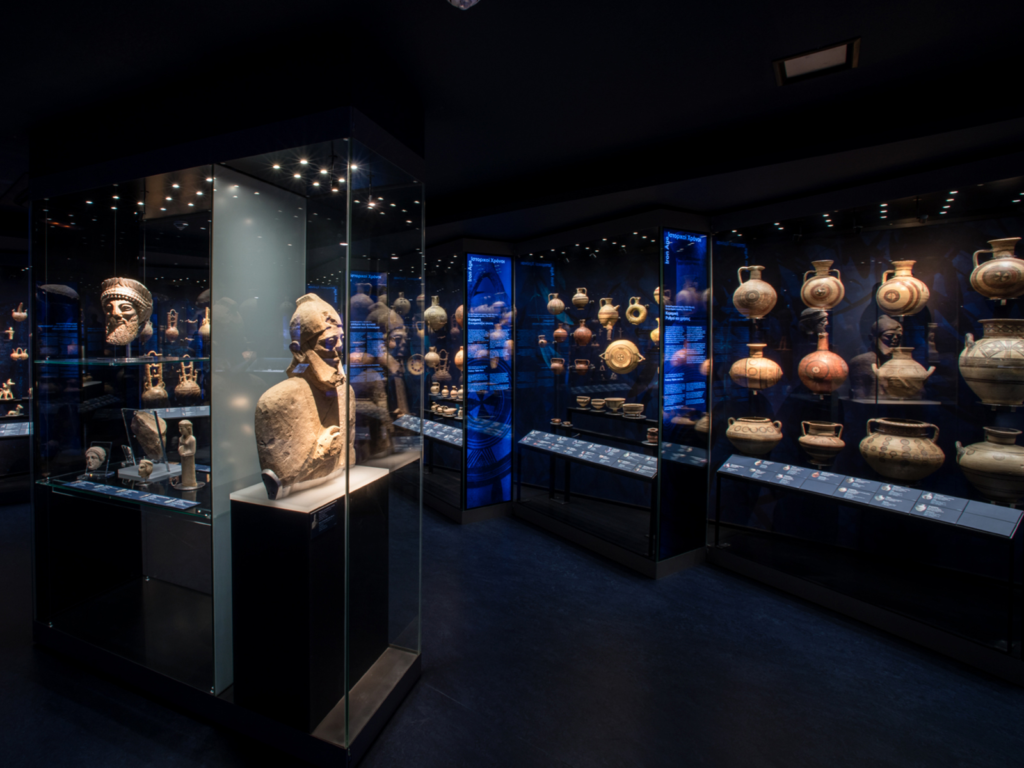
Focusing on the distinctive art of the Cycladic Islands, the Museum of Cycladic Art is a treasure trove of ancient artifacts. The museum showcases the unique marble figurines that the Cyclades are famous for, as well as ancient Greek and Cypriot art.
- Entry Fee: General admission is €7, and students pay €3.50. Children under 18 enter for free.
- Highlights: The collection of Cycladic figurines, some over 4,000 years old, and the exhibitions on ancient life in the Cyclades.
- Visitor Numbers: Approximately 70,000 visitors come to the museum each year.
4. Benaki Museum, Athens
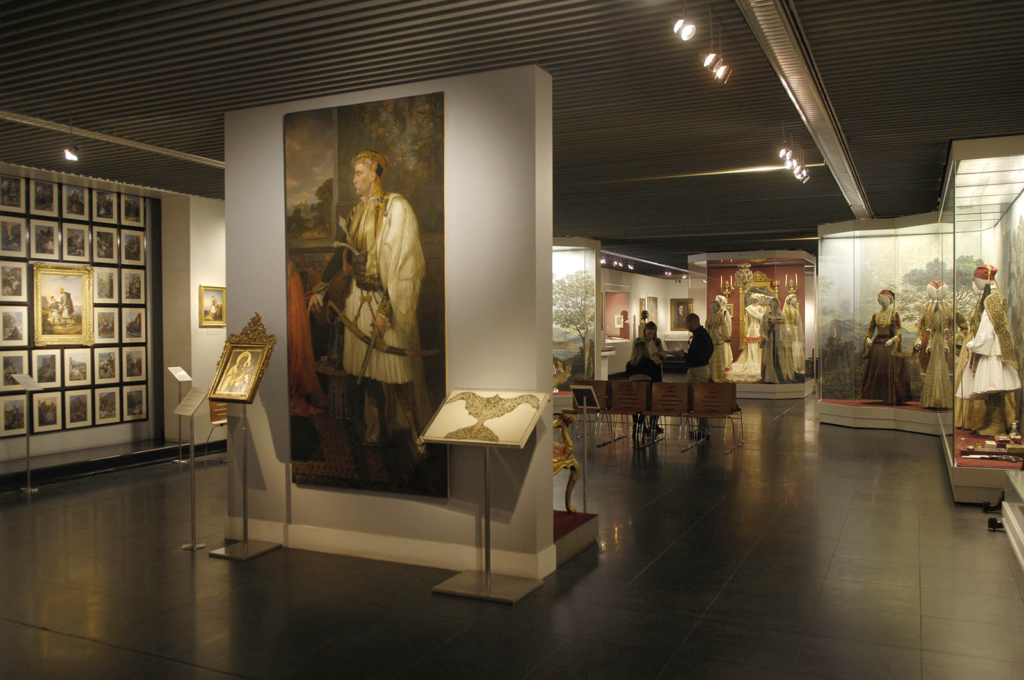
The Benaki Museum offers a comprehensive look at Greek history and culture, covering ancient, Byzantine, and modern periods. With several branches throughout Athens, the museum’s main location houses a vast collection of Greek art and objects.
- Entry Fee: Admission to the main museum is €12. On Thursdays, admission is free for all visitors.
- Highlights: Byzantine icons, traditional Greek costumes, and ancient Greek art.
- Visitor Numbers: The museum attracts around 200,000 visitors annually.
5. Byzantine and Christian Museum, Athens
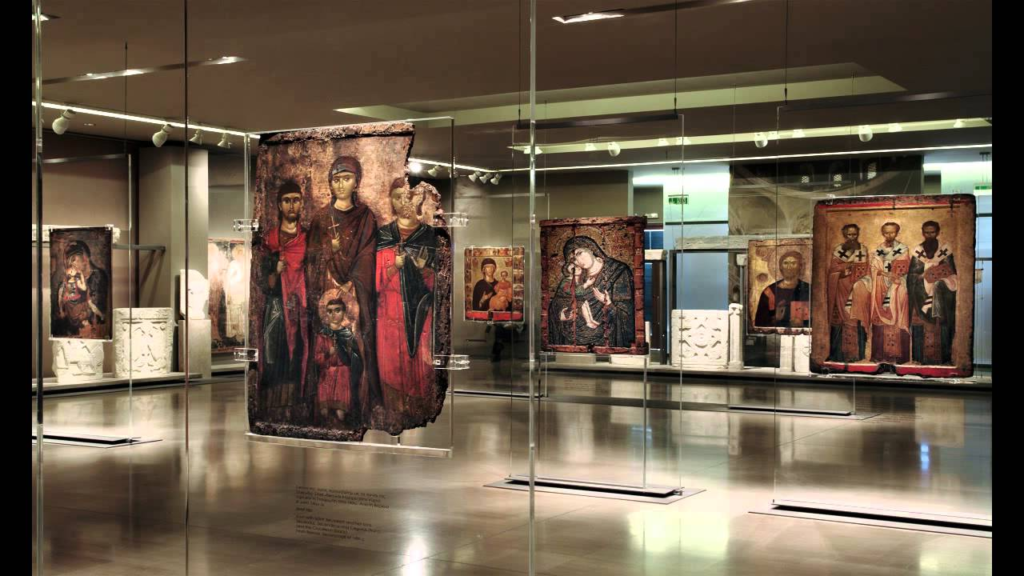
For those interested in Byzantine art and culture, the Byzantine and Christian Museum is a must-visit. It features a vast collection of religious artifacts, icons, and mosaics, covering over 1,500 years of Christian history in Greece.
- Entry Fee: General admission is €8, and reduced tickets cost €4. Entrance is free on the first Sunday of each month (from November to March).
- Highlights: The stunning collection of Byzantine icons, frescoes, and religious manuscripts.
- Visitor Numbers: The museum receives approximately 100,000 visitors annually.
6. Heraklion Archaeological Museum, Crete

One of the most significant museums in Greece, the Heraklion Archaeological Museum is the go-to place for learning about the ancient Minoan civilization. Located in Crete, it showcases artifacts from the Bronze Age and Minoan culture, including the famous Phaistos Disc.
- Entry Fee: General admission is €12, and students pay €6. Combination tickets for the museum and the nearby Knossos Palace are available for €20.
- Highlights: The Phaistos Disc, the frescoes from Knossos, and the Snake Goddess figurines.
- Visitor Numbers: The museum draws around 300,000 visitors per year.
7. Thessaloniki Archaeological Museum, Thessaloniki
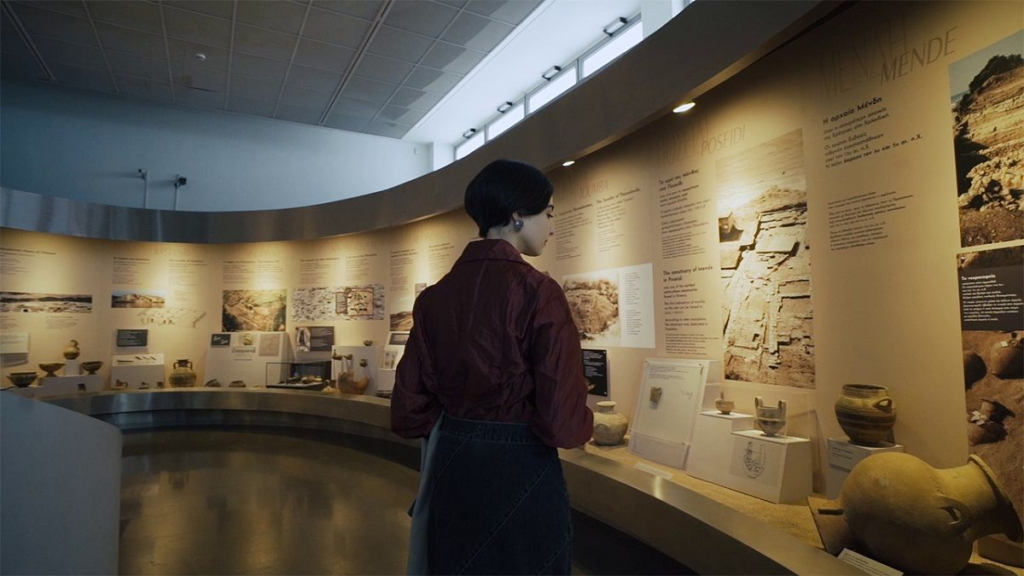
Thessaloniki’s Archaeological Museum focuses on the history of Macedonia, with an emphasis on the Hellenistic and Roman periods. Its collection includes finds from the royal tombs at Vergina, ancient mosaics, and coins.
- Entry Fee: General admission is €8, and students pay €4. Reduced tickets are available for seniors and EU students.
- Highlights: The Derveni Krater (an intricate bronze funerary urn), golden wreaths, and royal tomb findings.
- Visitor Numbers: This museum sees around 200,000 visitors annually.
8. Museum of the Ancient Agora, Athens

Located in the Stoa of Attalos, the Museum of the Ancient Agora offers a glimpse into the political and social life of ancient Athens. The museum houses artifacts found in the Agora, the center of public life in ancient Greece, including pottery, sculptures, and coins.
- Entry Fee: Admission is €10 in the high season and €5 in the off-season. Reduced tickets are available for students and seniors.
- Highlights: Artifacts related to democracy in ancient Athens, including ancient voting devices, pottery shards with the names of ostracized citizens, and statues of ancient philosophers.
- Visitor Numbers: The museum attracts around 150,000 visitors each year.
Tips and Advice for Visiting Museums in Greece
- Take Advantage of Free Entry Days: Many museums in Greece offer free entry on certain days. For example, state-owned museums offer free admission on the first Sunday of each month from November to March, as well as on national holidays like March 25 (Greek Independence Day) and October 28 (Oxi Day).
- Plan for the Seasons: During the peak tourist season (April to October), museums can get crowded, especially in Athens and Crete. To avoid long lines, try to visit in the early morning or late afternoon. During the off-season, many museums reduce their prices, making it a great time to visit if you want to save money.
- Buy Combination Tickets: Some museums, especially in Athens, offer combination tickets that allow entry to multiple sites. For example, a €30 ticket gives access to the Acropolis, the Ancient Agora, and several other archaeological sites.
- Check for Discounts: Students (with valid ID), seniors, and EU residents often qualify for discounted or free tickets. Be sure to carry identification if you fall into these categories.
- Wear Comfortable Shoes: Museums like the Acropolis Museum and the National Archaeological Museum require a lot of walking, and some areas may have uneven floors. Be sure to wear comfortable shoes for a more enjoyable visit.
- Consider a Guided Tour: To get the most out of your museum experience, consider booking a guided tour. Many museums offer audio guides or guided tours in various languages, which can provide deeper insights into the exhibits.
- Be Mindful of Photography Rules: While photography is allowed in many parts of most museums, there may be restrictions on using flash or taking pictures of certain exhibits. Always check the rules posted at each museum.
- Stay Hydrated: In the summer months, Greece can get very hot, even indoors. Many museums have cafes where you can grab a drink, but it’s always a good idea to carry a bottle of water with you to stay hydrated.
- Start Early: Museums in Greece generally open around 8 or 9 AM, and the earlier you arrive, the fewer crowds you’ll face, especially at popular sites like the Acropolis Museum.
- Respect the Artifacts: Greece’s ancient treasures are part of the country’s cultural heritage. Always follow the museum rules regarding touching artifacts or entering restricted areas.
Read more: Greece Digital Nomad Visa: Work and Live in Greece










